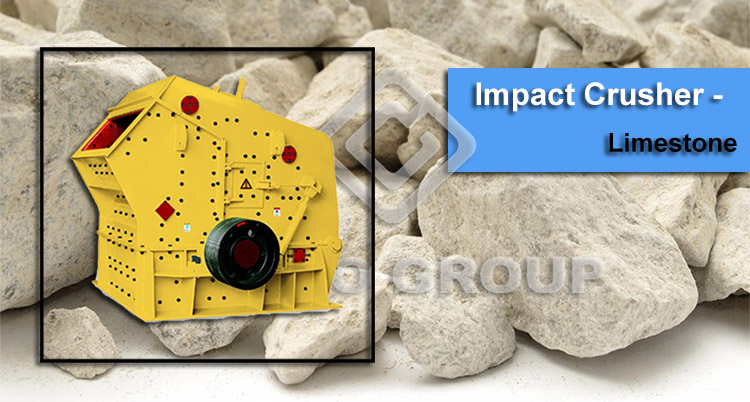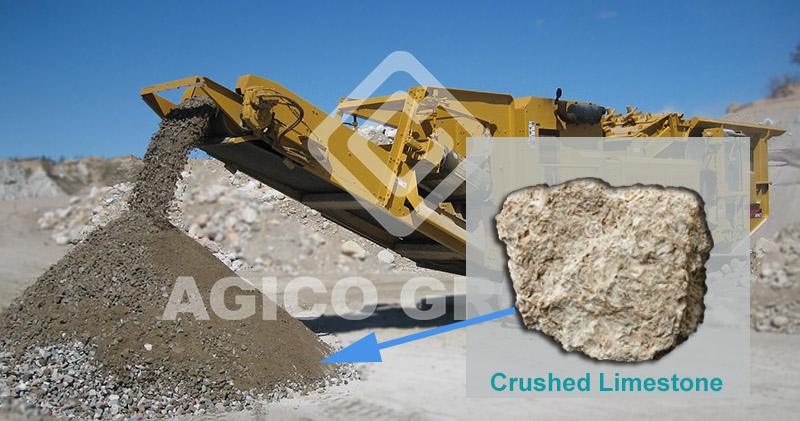Impact Crusher Used in Limestone Crushing

Impact Crusher Introduction
The impact crusher, also known as the counter hammer crusher, is all belonged to hammer crusher series, which the hammer is driven in the same way. The difference is that the hammer crusher is suspended on the rotor. The hammer of the impact crusher is a plate hammer. Because the crushing cavity of the impact crusher is large, the disposable processing volume is large, and the crushing is sufficient, so there is a market in the current sandstone production line. The shortcoming of this machine is that there is no purlin screen in the lower part of main body. Product granularity can only be ensured by the speed of the hammer, the gap between the counterattack and the shape of the hammer.
What are the commonly used calcareous raw materials?
Raw materials containing calcium carbonate or calcium oxide and calcium hydroxide as main components are called calcareous raw materials. It can be divided into natural calcareous raw materials and artificial calcareous raw materials (ie industrial waste). The natural calcareous materials commonly used in cement production include limestone, marl, chalk, shells, calcium gingerstone, calcareous river pebbles, etc. Among them, limestone is most commonly used. Some industrial wastes, such as carbide slag from chemical plants, sugar sludge from sugar plants, etc., are also calcareous raw materials for cement production.
Limestone Resources in China
China's limestone resources are abundant, and China's cement plants widely use limestone to produce cement. Marl is an intermediate type of limestone and clay, which is low in content and cannot be used alone. According to the calcium oxide content in the calcareous raw material, the limestone with CaO >54% has high purity and marbled, is not easy to be ground during the manufacture of cement, and has strong chemical stability.

The calcium oxide content of the limestone first grade product is 48% to 54%; the second grade product is 45% to 48%. Sometimes low-grade secondary lime is used alone, and it can be difficult to formulate.
Shell and coral limestone raw materials are produced in coastal provinces. Some island countries abroad are also mining corals as a calcareous raw material for cement production. However, all kinds of impurities that have been mixed must be washed out before they can be used.
Calcium carbide slag has higher CaO content and better burnability, but the water content fluctuates greatly and is not easy to dry. It often affects batching accuracy. When the shaft kiln is used, it is easy to blow the ball and affect the ventilation in the kiln.

